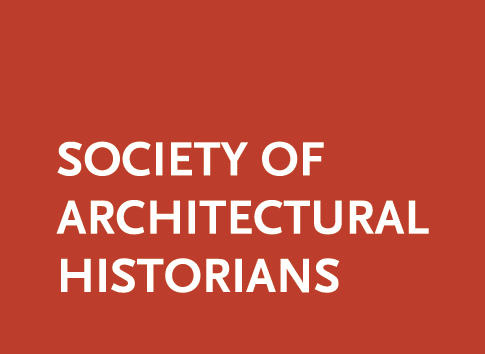 Society of Architectural Historians
Society of Architectural Historians
2024 Annual International Conference
April 17–21 in Albuquerque, New Mexico
Abstracts Submission Deadline: June 6, 2023, 11:59 p.m. CDT
Session: Mapping Late Ottoman Architecture, Ideas, Objects, and People in Flux
Ottoman architectural and urban culture was transformed by momentous changes in the 19th century. Advances in transportation and communication technologies resulted in an explosion of spatial knowledge and an increase in its circulation. On the one hand, the number of architects, master builders, and patrons increased. The distribution of architectural knowledge in books, maps, photos, print media, and advertisements intensified. Actual architectural artifacts, like spolia, circulated as never before. On the other hand, novel architectural typologies, industrial materials, urban transformations, and an unprecedented number of newly constructed buildings altered the ways that Ottomans encountered the city. Their collective and individual representational modes diversified. Ottomans in and outside of the imperial lands moved from place to place, forming a network of inter-connectivity, transmitting architectural knowledge as they went. Publications, exhibitions, and the spread of historical knowledge also encouraged people to travel. Additionally, involuntary travel due to deportation, dispossession, and resistance complicated the modes of mobility throughout the 19th century. Overall, there was simply more data and objects of architectural knowledge for analysis than in prior centuries.
Against this background of the movement of people and the dissemination of knowledge, this session seeks to explore 19th-century Ottoman architecture. Tracing the narratives of networks, associations, and human and non-human actors helps us understand late Ottoman architecture in a way that lends nuance to discussions of ethnoreligious, national, socio-economic, and gender categories. We welcome scholars from different backgrounds who employ a range of methods, and especially encourage those who uncover lesser-known patterns of movement, intersections, and encounters.
Session Co-Chairs: Semra Horuz, Massachusetts Institute of Technology; and Firuzan Melike Sumertas, University of California, Berkeley